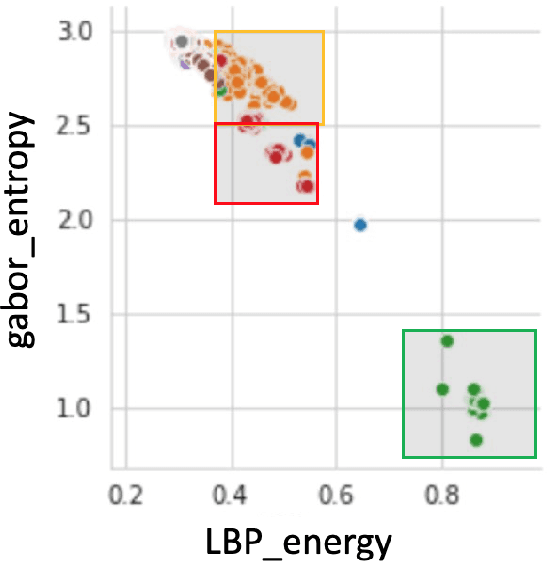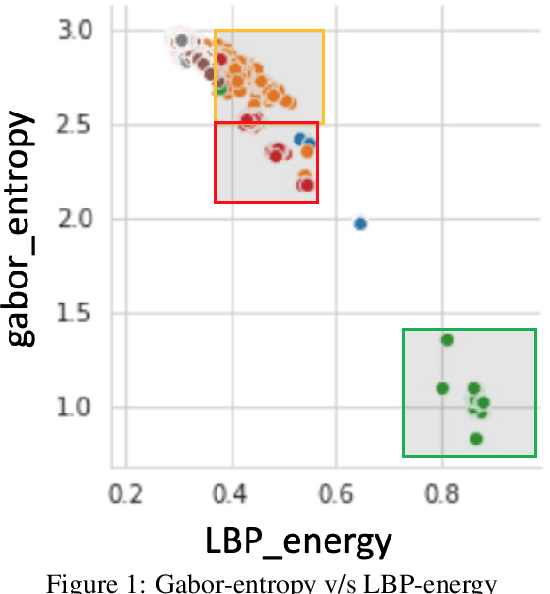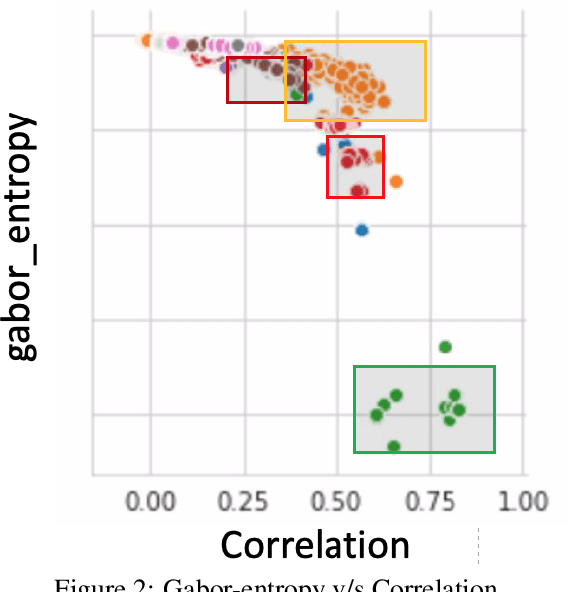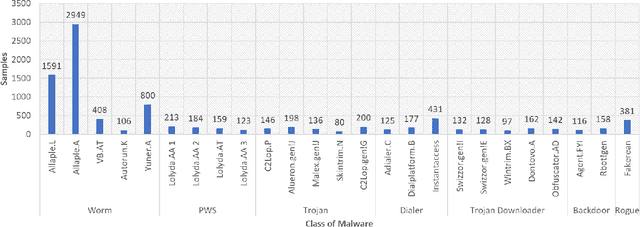Sanket Shukla
Generative AI-Based Effective Malware Detection for Embedded Computing Systems
Apr 12, 2024



Abstract:One of the pivotal security threats for the embedded computing systems is malicious software a.k.a malware. With efficiency and efficacy, Machine Learning (ML) has been widely adopted for malware detection in recent times. Despite being efficient, the existing techniques require a tremendous number of benign and malware samples for training and modeling an efficient malware detector. Furthermore, such constraints limit the detection of emerging malware samples due to the lack of sufficient malware samples required for efficient training. To address such concerns, we introduce a code-aware data generation technique that generates multiple mutated samples of the limitedly seen malware by the devices. Loss minimization ensures that the generated samples closely mimic the limitedly seen malware and mitigate the impractical samples. Such developed malware is further incorporated into the training set to formulate the model that can efficiently detect the emerging malware despite having limited exposure. The experimental results demonstrates that the proposed technique achieves an accuracy of 90% in detecting limitedly seen malware, which is approximately 3x more than the accuracy attained by state-of-the-art techniques.
Design of secure and robust cognitive system for malware detection
Aug 03, 2022



Abstract:Machine learning based malware detection techniques rely on grayscale images of malware and tends to classify malware based on the distribution of textures in graycale images. Albeit the advancement and promising results shown by machine learning techniques, attackers can exploit the vulnerabilities by generating adversarial samples. Adversarial samples are generated by intelligently crafting and adding perturbations to the input samples. There exists majority of the software based adversarial attacks and defenses. To defend against the adversaries, the existing malware detection based on machine learning and grayscale images needs a preprocessing for the adversarial data. This can cause an additional overhead and can prolong the real-time malware detection. So, as an alternative to this, we explore RRAM (Resistive Random Access Memory) based defense against adversaries. Therefore, the aim of this thesis is to address the above mentioned critical system security issues. The above mentioned challenges are addressed by demonstrating proposed techniques to design a secure and robust cognitive system. First, a novel technique to detect stealthy malware is proposed. The technique uses malware binary images and then extract different features from the same and then employ different ML-classifiers on the dataset thus obtained. Results demonstrate that this technique is successful in differentiating classes of malware based on the features extracted. Secondly, I demonstrate the effects of adversarial attacks on a reconfigurable RRAM-neuromorphic architecture with different learning algorithms and device characteristics. I also propose an integrated solution for mitigating the effects of the adversarial attack using the reconfigurable RRAM architecture.
A Novel Malware Detection Mechanism based on Features Extracted from Converted Malware Binary Images
Apr 14, 2021



Abstract:Our computer systems for decades have been threatened by various types of hardware and software attacks of which Malwares have been one of them. This malware has the ability to steal, destroy, contaminate, gain unintended access, or even disrupt the entire system. There have been techniques to detect malware by performing static and dynamic analysis of malware files, but, stealthy malware has circumvented the static analysis method and for dynamic analysis, there have been previous works that propose different methods to detect malware but, in this work we propose a novel technique to detect malware. We use malware binary images and then extract different features from the same and then employ different ML-classifiers on the dataset thus obtained. We show that this technique is successful in differentiating classes of malware based on the features extracted.
 Add to Chrome
Add to Chrome Add to Firefox
Add to Firefox Add to Edge
Add to Edge